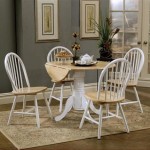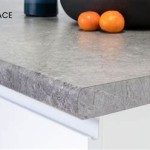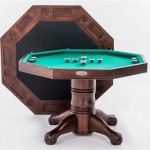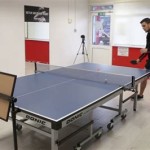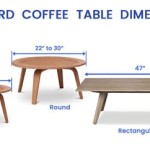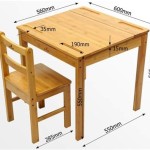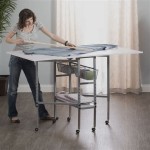Essential Aspects of Sewing Cutting Table Dimensions
For those who engage in sewing projects, a cutting table is an indispensable tool that provides a flat and stable surface for precise cutting, measuring, and layout. The dimensions of the cutting table are crucial as they affect its functionality, comfort, and overall productivity. Here are some key aspects to consider when choosing the right dimensions for your sewing cutting table:
Table Length and Width
The length and width of the cutting table should accommodate the size of your fabric and projects. Consider the largest fabrics you typically work with and allow for ample space around the edges for measuring, maneuvering, and fabric manipulation. A length of at least 60 inches (152 centimeters) and a width of 30 inches (76 centimeters) is usually a good starting point for most projects.
Table Height
The table height is a factor that influences both comfort and precision. The table should be at a height that allows you to stand comfortably without straining your neck or back. Measure the height from the floor to your elbow, and aim for a table height that falls within 2 to 3 inches (5 to 7.6 centimeters) below your elbow level. For extended cutting sessions, an adjustable table height can provide additional customization.
Ergonomic Features
Ergonomic features can significantly enhance the comfort and productivity of your cutting table. Consider tables with a non-slip surface to prevent fabric movement during cutting. A pull-out drawer or shelves underneath the table can provide convenient storage for tools and supplies, reducing the need to bend or reach excessively. A built-in measuring grid or rulers on the table's surface can aid in accurate measurements and layout.
Material and Durability
The material of your cutting table should be robust and durable enough to withstand the rigors of frequent cutting. Melamine or MDF (medium-density fiberboard) are popular choices as they are sturdy and easy to clean. For heavy-duty applications, consider a table made of steel or aluminum, which offer exceptional strength and longevity. The table should also have a non-porous surface that resists moisture and stains, making it easy to maintain.
Additional Considerations
Beyond the core dimensions, there are additional factors to consider when choosing a cutting table. If space is at a premium, a foldable or wall-mounted table can provide flexibility and save valuable floor space. Some tables offer additional features, such as built-in lighting or a dedicated area for a sewing machine, which can enhance functionality and convenience.
By carefully considering the essential aspects of sewing cutting table dimensions, you can select a table that optimizes your workflow, promotes comfort, and supports your creativity for years to come.

Buy Fabric Cutting Table Grid Top Silver Legs

Diy Professional Sewing Room Table Brooks Ann Camper Bespoke

Fabric Cutting Tables

Sew Ready Hobby Craft 60 In W X 36 D Mdf Folding Fabric Cutting Table With Drawers Adjustable Height Silver White 13374 The Home Depot

Diy Professional Sewing Room Table Brooks Ann Camper Bespoke

Tailormade Cutting Table 87cm The Ribbon Rose

3 Diy Cutting Tables For Small Spaces Quilting Digest

Sew Ready Standing Height Craft 58 75 In W X 36 50 D Mdf Folding Fabric Cutting Table With Drawers Charcoal White 13378 The Home Depot

Professional Modular Ion Cutting Table Goldstar Tool

Us Warehouse Sewing Machine Cutting Table Worktable Computer Desk Size 116 84x59 69x76 20cm White

